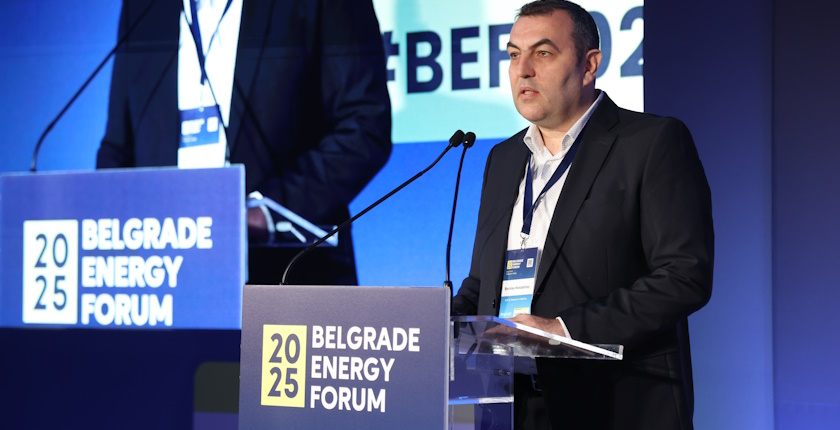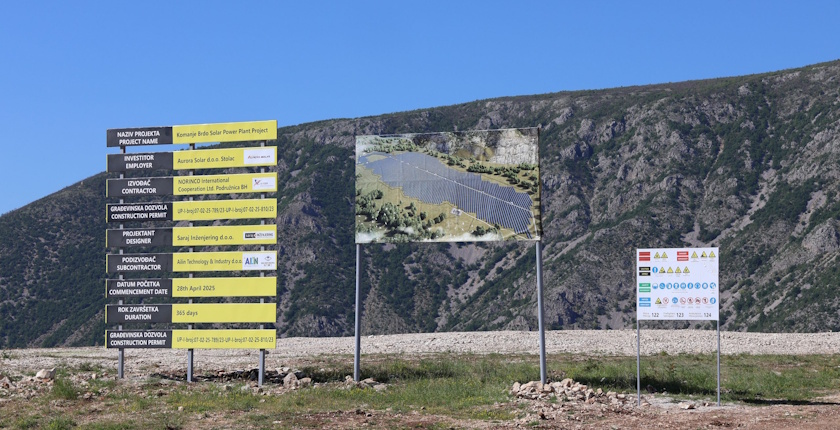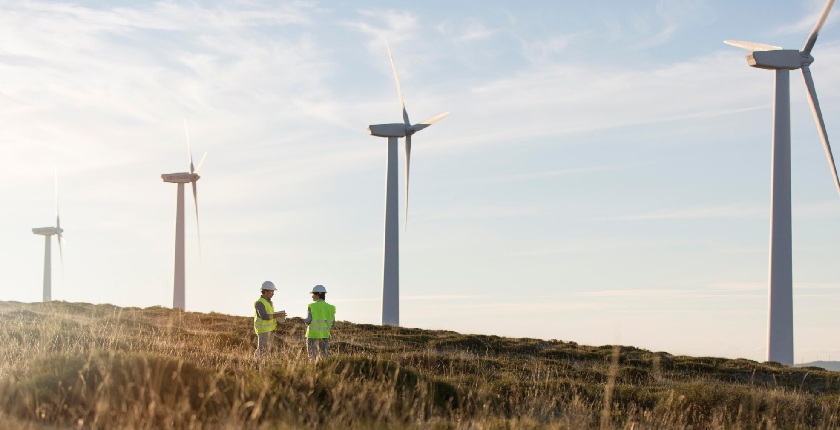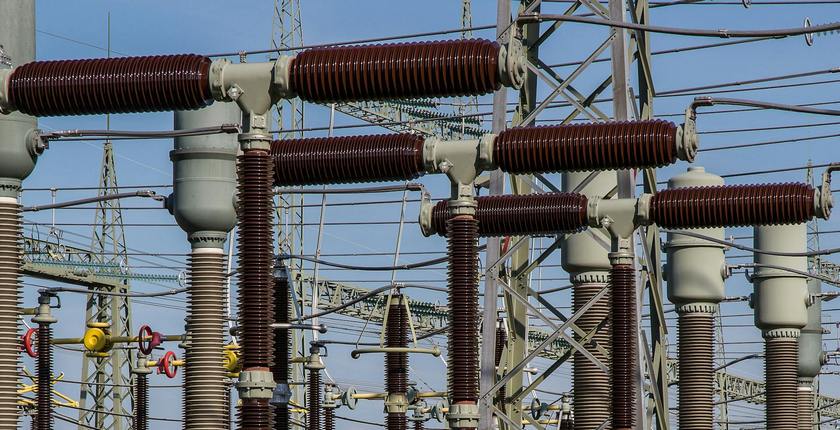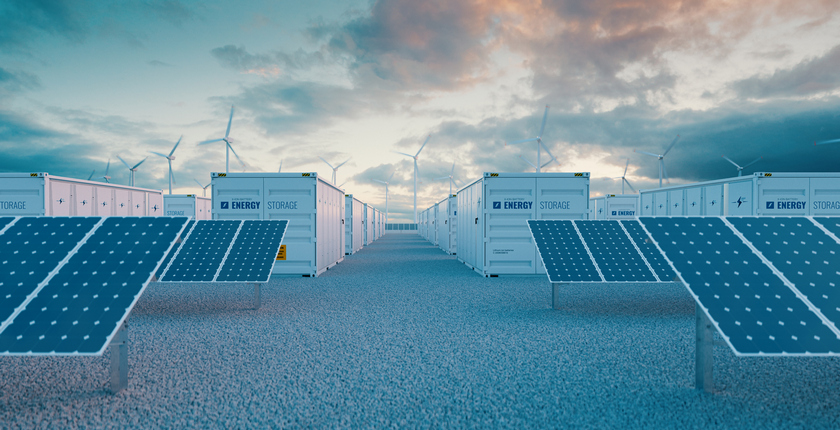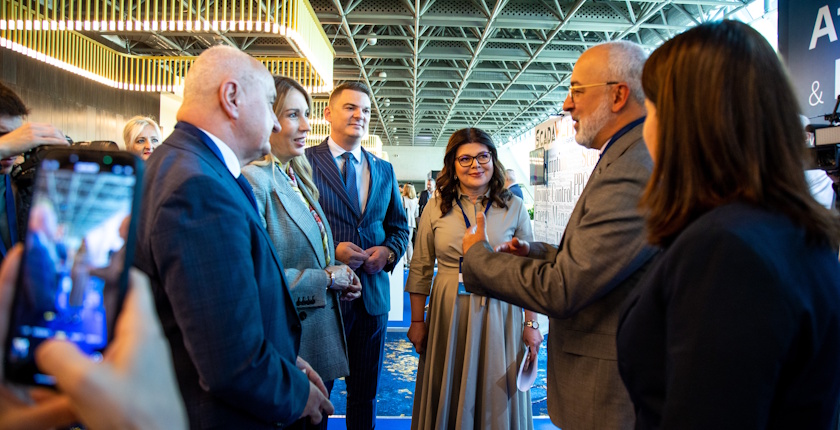
SANY Renewable Energy makes successful breakthrough in European market
SANY Renewable Energy, one of the world’s top five onshore wind turbine manufacturers, made its debut at Belgrade Energy Forum 2025 (BEF 2025) on May 14-15, showcasing its cutting-edge wind power technology and integrated solutions to the European market.
At BEF 2025, SANY attracted significant interest from various stakeholders thanks to the Alibunar 1 and Alibunar 2 wind farm projects, the company’s first investments in Serbia, which is one of the key markets for SANY in Europe.
SANY’s attendance at BEF 2025 not only demonstrates its competitiveness in the global clean energy industry but also lays a solid foundation for further expansion in the European market.
Innovative technology attracts attention as SANY gains broad interest from developers
As the most influential energy event in Serbia and the Balkans, BEF 2025 brought together government agencies, energy companies, and industry experts to discuss Europe’s energy transformation and sustainable development. At the event’s exhibition area, SANY focused on showcasing its large-megawatt smart wind turbines, smart wind farm management systems, and energy storage solutions. Its high power generation efficiency, low levelized cost of electricity (LCOE), and intelligent operation and maintenance drew the attention of numerous participants.
Serbian Minister of Mining and Energy Dubravka Đedović Handanović said during her visit to the SANY booth that the company’s wind power technology is impressive and highly consistent with Serbia’s renewable energy development goals.
“We look forward to working with such leading international companies to accelerate the country’s green energy transformation,” stated Đedović Handanović.
Deepening European presence and supporting carbon-neutrality goals
In recent years, SANY has continued to increase its development and growth in the European market. This high-profile appearance at BEF 2025 sends a clear signal of strengthening regional cooperation. During the forum, company representatives held multiple rounds of negotiations with energy companies and investment institutions in Serbia and neighboring countries to discuss planning and possible project and technical cooperation.
“Europe is a key market for the development of renewable energy. SANY Renewable Energy’s goal is to help customers achieve economic feasibility while increasing efficiency with its high-quality products and customized services,” said Paulo Soares, Managing Director of SANY Renewable Energy Europe.
“We are looking forward to working with all stakeholders in Serbia to jointly promote the global carbon neutrality concept,” he stressed.
Industry analysts believe that as the demand for renewable energy in Europe continues to grow, SANY is expected to capture a larger market share in Europe with its high-reliability wind turbines, intelligent operation and maintenance, and localization strategy, and become an important promoter of the global green energy transformation.

